#gaugamela
Photo
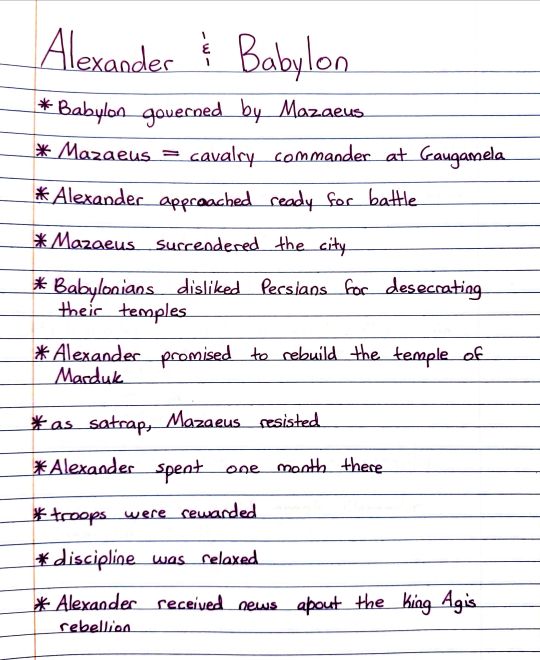
#studyblr#history#historyblr#history notes#world history#world history notes#western civ#western civ notes#western civilization#western civilization notes#western civ 1#western civilization 1#western civ 1 notes#western civilization 1 notes#alexander the great#alexander of macedon#babylon#mazaeus#gaugamela#persia#satraps#king agis#king agis rebellion#rebellions
2 notes
·
View notes
Link
Síguenos en Substack https://revistadehistoria.substack.com/ Lee cada día nuevos Artículos Históricos GRATIS: https://revistadehistoria.es/registro-gratuito/ La batalla de Gaugamela
0 notes
Link
Historian Dan Snow (on @HistoryHit) takes us through some of his favourite depictions of #Historican #Battle scenes in #Movies and the accuracy portrayed.
#Military Historian#Dan Snow#History Hit#History#Battle Scenes#Movies#Film#Gaugamela#Alexander#Loudoun Hill#Outlaw King#Native American#Ambush#Last of the Mohicans#Battle of the Crater#Cold Mountain#All Quiet on the Western Front#D-Day landing#Saving Private Ryan
1 note
·
View note
Text
one reason I need to get a handle on Chrisjen as a character: so I can write her composing her weekly hate mail to Hanse Davion and have it be completely in-character
#the expanse#chrisjen avasarala#battletech#expanse battletech au#ok just look him up on sarna.net and tell me she wouldn’t want to kill him…and then kill him again.#his kids get even worse#but kat steiner-davion would be someone else’s hate mail target#alright so it’s Hanse and not whoever the current marik leader is because he’s just far enough away to not be a threat like at all#she’s actually on good terms with the centrellas and aggressively neutral on the calderons#as for the Aurigan reach…well they’ve got that whole directorate-restoration war going on in this timeframe#and Liao…uhhhh frankly I’m just not gonna do much with the capellans in the AU#the most they get mentioned is operation GAUGAMELA and Bobbie’s taste in trashy tv
13 notes
·
View notes
Text

For context, this random ass dude messaged me on Insta telling me he also liked Alexander the Great and would like to talk about the king with me. So i was like ok! And we started chatting for a few mins. And then this happened. LMAO I STOPPED TALKING TO HIM AFTER THIS WJWKAKAM
#I FELT THE SECOND HAND EMBARRASSMENT JSKSKKW#HOW DO U EVEN CONFUSE GAUL AND GAUGAMELA#alexander of macedon#alexander the great
9 notes
·
View notes
Note
I forgot who it was, but I always found it so curious that it was recorded that Hephaistion was “wounded in the arm” during one of the battles. I know only the important things tended to be recorded, and of course, war and injury go hand-in-hand. I’m guessing that was pointed out because it was a really, really bad injury. Right? Not sure how that mention would’ve been relevant otherwise.
Arrian recorded Hephaistion’s injury.
In general, Arrian records a lot of military details that the other sources ignore or lack an interest in. Even so, with rare exceptions, his focus remains the army elite. And yes, Hephaistion is certainly among the elite, both owing to his importance to Alexander, but also, here, his role in the battle.
Diodoros tells us he fought first among the somatophylakes, or bodyguard. This has sometimes been misunderstood due to Diodoros’s tendency to mix-and-match terms. Diodoros doesn’t mean the 7-man unit of Somatophylakes, who didn’t fight together anyway. Their role as bodyguards was OFF the field. And I don’t think Hephaistion was a member of that unit yet anyway.
So what does he mean? The agema, or Royal squadron, of the Hypaspists. There were “regular” Hypaspists, and “royal” Hypaspists. Under Philip, this unit (then called Pezhetairoi) was the personal guard of the king in combat. When the unit itself came to be is a more involved discussion, but Philip made a significant change: he picked men for their size and fighting skill, not their high birth. Yet that was for the “regular” Hypaspists only, and it became one of the first pathways to advancement on skill alone in the Macedonian army. The royal unit, however, was another matter. Both Philip and Alexander made their military changes gradually.
Even under Philip, the Hypaspists were a stepping stone to higher commands for the sons of Hetairoi (Macedonian aristocrats). The whole unit was under the command of Nikanor, son of Parmenion. It was second only to the Companion Cavalry in prestige (which was commanded by Nikanor’s elder brother Philotas).
Yet overall command was different from unit command. E.g., Philotas commanded the Companions as a whole, but Kleitos Melas (Black Kleitos) commanded the Companion agema (royal unit) of Companion Cavalry. The king might lead that unit in battle, but he didn’t have time for the day-to-day duties of unit command, so Kleitos was their commander.
Similarly, by Gaugamela, Hephaistion had been advanced to command the Hypaspist agema. This may be why, later, Alexander advanced both him and Kleitos to joint command of the Companion Cavalry, after Philotas’s arrest and execution. Each had commanded the two most prestigious individual units in the army.
If Heckel is right (and I think he is), the Hypaspist agema at Gaugamela served as hammippoi, an elite form of hoplite who, literally, ran with the cavalry. (Keep in mind the horses would be mostly trotting or cantering, not galloping for long.) The job of the hammippoi was to help protect the horses and any cavalryman who was unhorsed, as the cavalry were much more lightly armed. But it’s a demanding job, to be sure.
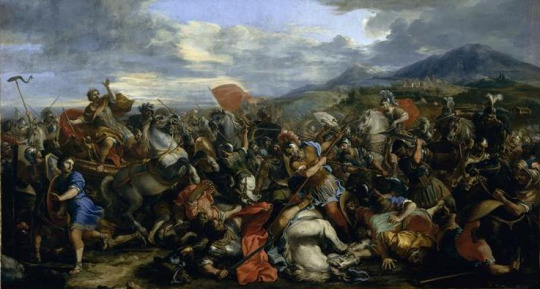
At Gaugamela, Arrian tells us specifically of an encounter as Alexander returned with his Companion agema, after breaking off pursuit of Darius. They accidentally collided with some fleeing Persians and Indians (et al.), and it became the hardest fighting in the entire battle, as the fleeing men were desperate. I suspect this is where Hephaistion was wounded, as we’re told something like 60 Companions died in that engagement alone. It was brutal.
All that may help contextualize why Arrian names Hephaistion’s wounding. along with a couple others. He was the commander of a very important unit in the army.
#asks#Hephaistion#Hephaestion#Hypaspists#Hammippoi#Battle of Gaugamela#Alexander the Great#ancient Greece#ancient military history#Arrian#Classics#tagamemnon
14 notes
·
View notes
Text
Achaemenid Religion: Lighting the Spirit of Ancient Persia | Ancient Origins
https://www.ancient-origins.net/history/achaemenid-religion-0012716
View On WordPress
#1st millennium BC#2nd Millennium BC#331 BC#525 BC#539 BC#540s BC#550 BC#Achaemenid Empire#Africa#Ahura#Ahura Mazda#Alexander the Great#Anatolia#Ancient Greece#Ancient Iran#Ancient Persia#Angra Mainyu#Arta#Asia#Asia Minor#Azhi Dahaka#Babylon#Battle of Gaugamela#Battle of Themopylae#bible#Byzantine#Cube of Zoroaster#Cyrus the Great#Daivas#Drauge
0 notes
Video
Alexander 2004 - Battle of Gaugamela 1 - Movie Clip HD
Today and Yesterday I watched both Movie versions of Alexander The Great. neither one lives up to the potential of telling the epic story of the great conqueror. In my opinion the acting and plot of the 1956 version with Richard Burton as Alexander is far superior. But the set design and costumes in 2004 film is better, especially in showing the armor and weapons of the armies. In my opinion the Battle of Gaugamela scene shown above is the best depection of an ancient battle in any movie. It is also the best thing about the entire film. The 1956 film of the same story aside from the battle scenes is in my opinion a better telling of Alexander’s story.
0 notes
Text
The meaning of historical events can vary in both the timescale it takes them to happen and how much brief events can cast very long shadows:
There are periods in history fairly short in duration but long-lived in effect, and ones that teach some unwelcome, at times, and ironic lessons. This one is one of the classics. On the one hand you have all the things beloved by more modern historical foci. The rise of new religious and social phenomena, the realities that the great armies were the vain product of claims to assert this, the unexpected reality that it was none of the established powers but semi-barbarian Macedon that ultimately remade the world in spite of the efforts of its predecessors.
And then then there's the other reality, the one that fits more poorly that the sequence is decided not by the deeper events but by Leuctra, Mantinea, Charonea, and Gaugamela. The deeper phenomena might take centuries and then in a single afternoon of bloodshed an army decides things that brush both for and against these patterns. It was not the deeper patterns of rival hegemonic structures of proto-fascist land empire Sparta and sea empire with mercantile aspects Athens that decided events, it was the Padishah of Iran's money and the Spartan fleet it financed.
It was not Thebes quietly building the first truly professional full-time standing army that decided things at Leuctra and Mantinea, in a way, mostly because the Thebans discovered some of the same limits that would later face the Roman Empire. That a full-time army was an expensive thing and a bloody battle can be as ruinous in victory as in defeat.
And it was the semi-barbarian Macedonian state inventing both new approaches to cavalry and the Phalanx and an even larger professional army that toppled the centuries-old multi-continental Iranian empire of the Achaemenid dynasty at Gaugamela. There were no deeper systemic fault lines that broke the empire, the empire of Darius fell as that of the Sassanians would, in a battle that was fought and lost against an underestimated and hostile enemy, and in the process the world was never the same again.
And that, ultimately, is why even with the newer emphases of history the older one focused so much on kings and battles. Even rather late in history, as at Bannockburn, Sekhigahara, Mukden, and Stalingrad it was a battle that set the deeper processes in motion, without which they could not happen. This particular timeframe from Plataea to the death of Alexander the Great is a time that illustrates both this pattern at its grandest and the deep faultlines that last within it.
9/10.
0 notes
Text
Lesbian teens fucking each other
Brazzers - Busty Dee Williams & Petite Ember Snow Catch Xander Corvus Masturbate While They Work Out
Horny dude enjoys hardcore solo masturbation
Rabazo de Marcela
Travesti brasileira aguentando um pau negro ( Melainny )
Jully Paes japinha t ninfeta
Chloe Sparkles Cam Sloppy BJ Hitachi Ride
Aunty tits besar dan pantat besar untuk anak fuck apabila melihat batang besar
Sensual dilettante legal age teenager loves riding cock in spicy modes
Sheena Shaw, Brittany Bardot, Angel Wicky fuck their asses with massive sex toys the hard way
#subalate#electrophore#idioplasm#geneticism#impounder#dancevideo#taz#refamiliarizing#epitomator#arc-over#excluder#noninterchangeable#Bhili#Arbela-Gaugamela#android#nonautonomous#Pell#infiltrated#nicotine#programmer's
0 notes
Text
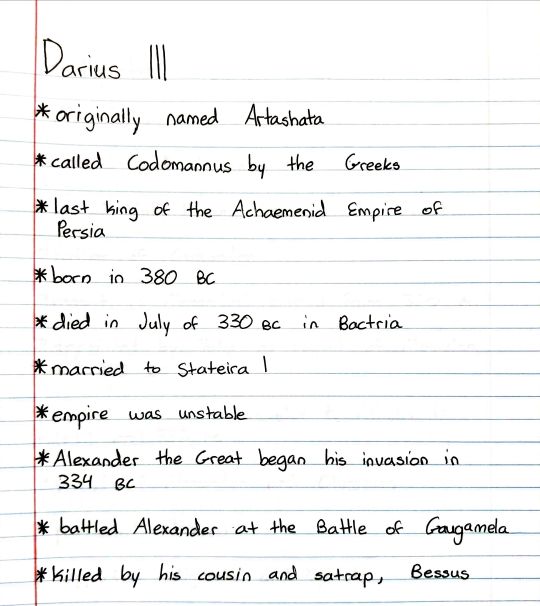
Patreon
#studyblr#notes#history#historyblr#world history#western civ#western civilization#greek history#alexander the great#codomannus#darius III#artashata#persia#persian history#battle of gaugamela#bessus#darius of persia#bactria#ancient history#ancient greece#ancient persia
2 notes
·
View notes
Link
Síguenos en Instagram @revistadehistoria.es - Lee cada día nuevos Artículos Históricos GRATIS: https://revistadehistoria.es/registro-gratuito/ La batalla de Gaugamela
0 notes
Text

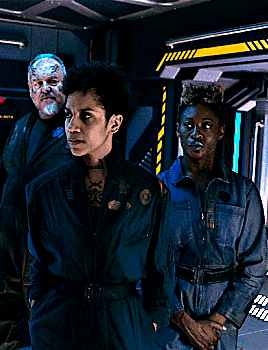








THE EXPANSE ➤ Timestamp Roulette
5x04 Gaugamela
🧡 @mrsdulac 🧡
#theexpanseedit#you and rocicrew coming at me with TWO huge naomi episodes this is psychological warfare (❤️). tbf this could be said about any s5 ep#thank you for the request i don't gif this show nearly enough ❤️❤️❤️#the expanse#beegifs#timestamp roulette
176 notes
·
View notes
Text





The Expanse | 5x04. Gaugamela
#the expanse#theexpanseedit#bobby draper#alex kamal#i'm so happy because i never get to gif my favourite martian marine#and here she is with a banger line#delivered p e r f e c t l y#i made this#i just want a tag for the things i personally put out into the world
90 notes
·
View notes
Photo

Alexander the Great & the Burning of Persepolis
In the year 330 BCE Alexander the Great (l. 356-323 BCE) conquered the Achaemenid Persian Empire following his victory over the Persian Emperor Darius III (r. 336-330 BCE) at the Battle of Gaugamela in 331 BCE. After Darius III's defeat, Alexander marched to the Persian capital city of Persepolis and, after looting its treasures, burned the great palace and surrounding city to the ground, destroying hundreds of years' worth of religious writings and art along with the magnificent palaces and audience halls which had made Persepolis the jewel of the empire.
The City
Persepolis was known to the Persians as Parsa ('The City of the Persians'), and the name 'Persepolis' meant the same in Greek. Construction on the palace and city was initiated between 518-515 BCE by Darius I the Great (r. 522-486 BCE) who made it the capital of the Persian Empire (replacing the old capital, Pasargadae) and began to house there the greatest treasures, literary works, and works of art from across the Achaemenid Empire. The palace was greatly enhanced (as was the rest of the city) by Xerxes I (r. 486-465 BCE, son of Darius, and would be expanded upon by Xerxes I's successors, especially his son Artaxerxes I (r. 465-424 BCE), although later Persian kings would add their own embellishments.
Darius I had purposefully chosen the location of his city in a remote area, far removed from the old capital, probably in an effort to dramatically differentiate his reign from the past monarchs. Persepolis was planned as a grand celebration of Darius I's rule and the buildings and palaces, from Darius' first palace and reception hall to the later, and grander, works of his successors, were architectural masterpieces of opulence designed to inspire awe and wonder.
In the area now known as the Marv Dasht Plain (northwest of modern-day Shiraz, Iran) Darius had a grand platform-terrace constructed which was 1,345,488 square feet (125,000 square meters) big and 66 feet (20 meters) tall and on which he built his council hall, palace, and reception hall, the Apadana, featuring a 200-foot-long (60 meters) hypostyle hall with 72 columns 62 feet (19 meters) high. The columns supported a cedar roof which was further supported by cedar beams. These columns were topped by sculptures of various animals symbolizing the king's authority and power. The Apadana was designed to humble any guest and impress upon visitors the power and majesty of the Persian Empire.
Darius I died before the city was completed and Xerxes I continued his vision, building his own opulent palace on the terrace as well as the Gate of All Nations, flanked by two monumental statues of lamassu (bull-men), which led into his grand reception hall stretching 82 feet (25 meters) long, with four large columns 60 feet high (18.5 meters) supporting a cedar roof with brightly decorated walls and reliefs on the doorways. The city is described by the ancient historian Diodorus Siculus (l. 1st century BCE) as the richest in the world and other historians describe it in the same terms.
Continue reading...
62 notes
·
View notes
Photo
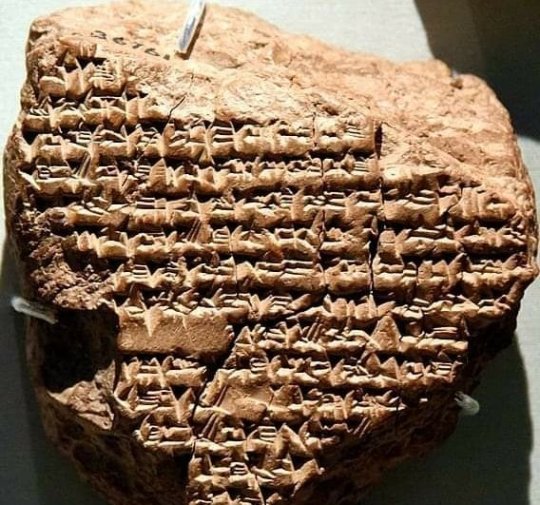
Babylonian Cuneiform Tablet; accounts of Alexander's victory over the last Achaemenid king Darius III at the battle of Gaugamela on 1 October 331 BC, and his triumphant entry into Babylon (modern, Iraq)
337 notes
·
View notes